A friend recently gave me the 2010 book, Modern Women, Women Artists at MoMA, and this quote in the forward from Anne-Marie Sauzeau-Botti is a good introduction: ‘I don’t believe in “feminist art” since art is a mysterious filtering process which requires the labyrinths of a single mind, the privacy of alchemy, the possibility of exception and unorthodoxy rather than rule.’
The text also reminds us that in 1817 John Keats suggested that the ideal state of mind of the poet or artist as “capable of being in uncertainties, mysteries, doubts, without any irritable reaching after facts and reason.” Both sentiments could describe how Anthony Greco has been making art since he devoted his life to painting back in 1966.
Currently on exhibit until November 11th at Thomas Deans Fine Art are sixteen of Greco’s minimalist paintings from 1970 to 1977. These paintings were a departure from his figurative work, he wanted to “make work that wasn’t fed by some visual object or illusion of space. I wanted them to be contained by the canvas and not imply that there was more to see outside it.” The earliest of the works were “curtain” paintings from 1970, clearly influenced by Matisse. From the gallery press release: “In the tile paintings made in the same year, the artist rejects atmosphere and illusionistic space altogether.”
The painter and professor emeritus taught painting for 40 years at the Atlanta College of Art (now Savannah College of Art and Design or SCAD). From 1976 to 1982 he was Dean of the college. Celebrating his 80th birthday this year, the energetic and youthful Greco met with me earlier this week at his second floor studio in Decatur. The space houses a few former Beacon Hill studio artists.
Greco sent handwritten notes to Thomas Deans gallery in explanation of the genesis of these large paintings on view in the exhibit, which are not necessarily minimalist in the same vein as say, Ellsworth Kelly, Sol LeWitt, or Robert Mangold. Greco’s work very much shows the hand of the painter with its shaky wavers, the messiness of the medium, drips evident between stripes and grids.
A few of the predominately striped paintings refer back to the painter’s early studio at 314 Luckie Street near what is now the Centennial Olympic Park in downtown Atlanta. Photos are my own and some courtesy Thomas Deans Fine Art. All work in the show is oil on canvas.
Foreground painting: 314/Fifteen, 1976. 68x76in. Left wall: 314/Nineteen, 1977. 68x76in
Below: Curtains #3, 1970. 76x90in.
Tiles #2,1970, 72x72in
Growing up in a blue collar family, his dad a truck driver, Anthony was the first in his family to go to college. He attended Catholic high school, and in his senior year the school hired an art teacher who noticed his talents and encouraged him to apply to the Cleveland Institute of Art. Greco ended up getting a half tuition scholarship. After graduating in 1960, he travelled in Europe, then started his art career in earnest after receiving a Masters of Fine Art from Kent State University. The same year he graduated, in 1966, he began teaching at the Atlanta College of Art and continued until his retirement in 2006.
Curtains #2, 1970. 76x90in
314/Ten, 1975. 68x60in
To Charles Ives, 1981. 65x81in
A later painting in the exhibit titled “To Charles Ives” (above), its calligraphic snaky lines eliciting homage or reference to Brice Marden, is an experimentation with laying rope on paint, pulling it off and scraping some areas to reveal layers of color beneath. Greco says he paints with music in the background but that the work does not usually overtly reference it. However, he is intensely interested in classical music.
He pulled out various charcoal and ink drawings on paper from flat filing bins and I was struck by how adept he is at working from life. His line work is effortless and loose in the best tradition of gestural drawing. He says he has been doing self portraits over the years and that it’s “fun to see the progression of aging.” Not sure most of us could agree to the premise, but it speaks to his love of drawing. A chiaroscuro head is an early work from his years at the Cleveland Institute of Art, he resembles a young Franz Kline.
A few of his more recent works reference politics and the second Bush presidency. A diptych (above) shows a relatively serene abstraction of a landscape (or it could be) on one panel, and on the other panel what Greco referred to as hurricane iconography – similar to the symbols one might see on The Weather Channel.
Some of his work echoes the landscape, although in his most successful pieces this has been subsumed by abstraction. Another diptych portrays a calligraphic depiction of an Abu Graib prisoner with hood, scraped into an almost black background which was very difficult to photograph. The emotional impact of this work is impossible not to grasp; the blue/black field with a brighter cobalt blue seeping through scraped areas that limned the “figure” intensely disturbing.
His patterned monotypes are developed from rectangular wooden panels into which he has drilled holes and pressed wooden pegs. On other panels, he has glued round beads, small porcelain alphabet beads, pebbles or metal chain link onto the surfaces. He uses acrylic paint and Arches paper or a similarly heavy cotton rag paper for these superbly produced prints.
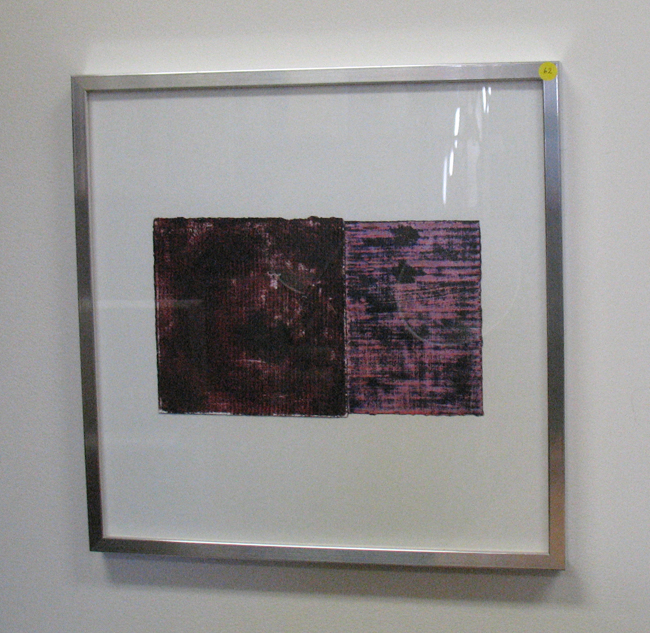 His use of color is both spare and generously exuberant. It’s hard to pin him down in any one style over the decades, as he continues to change and experiment. He has returned to figurative and still life work, while also working in abstraction.
His use of color is both spare and generously exuberant. It’s hard to pin him down in any one style over the decades, as he continues to change and experiment. He has returned to figurative and still life work, while also working in abstraction.
Still Life #2 (c 1965) is part of Georgia’s State Art Collection.
He showed me a couple of standalone painted sculptures from wood, with moving and sliding panels that formed words like “flag” or “stop”, as though a large letterpress had been dismantled and reconstituted.
A series of earlier circular paintings was inspired by looking through a kaleidoscope and painting the patterns seen projected.
Mr. Greco is a painter’s painter. His focus over the decades of teaching and raising a family has been an exultant experimentation in painting. He leaves it to the viewer to interpret and does not seek to stamp his process with any theory or philosophy. The work speaks for itself.
Anthony Greco’s work can be found in various Atlanta collections, including the Jimmy Carter Presidential Library, Coca-Cola, Georgia’s State Art Collection, the Mint Museum of Art, the Butler Museum of American Art, Kent State University and many private collections.
A digital version of the exhibit is available on the gallery’s website, and an E-catalog can be found here. Thomas Deans Fine Art, 690 Miami Circle NE #905, Atlanta, GA 30324. Gallery hours: Monday – Saturday, 11-5. ph: 404.814.1811

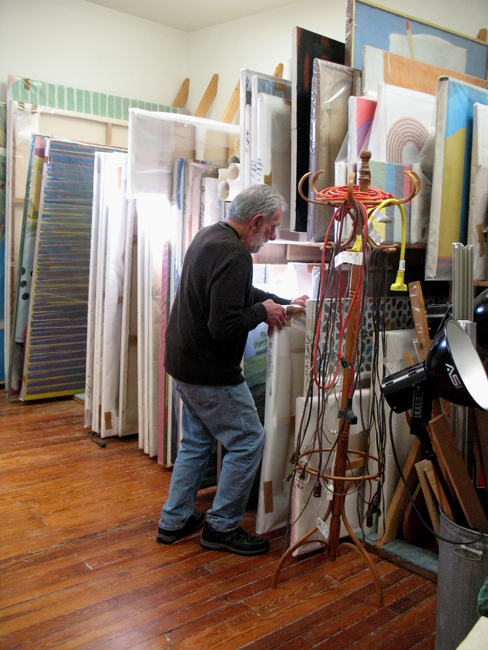
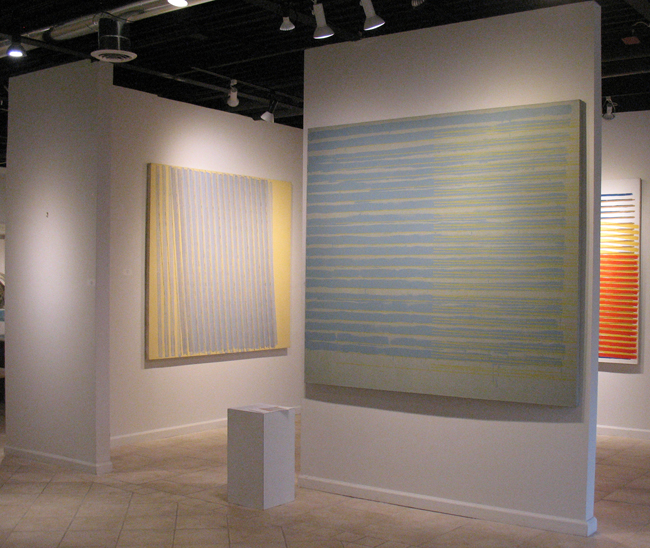
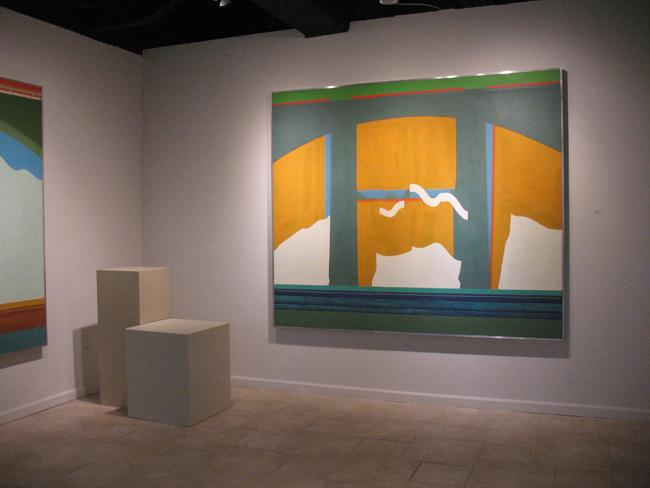
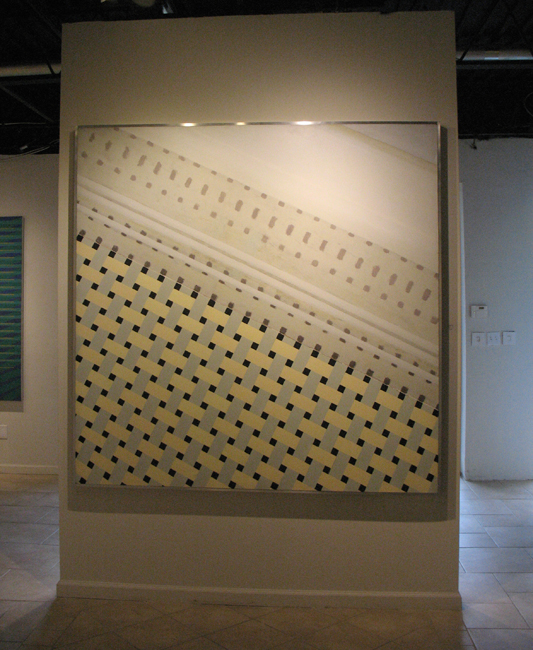
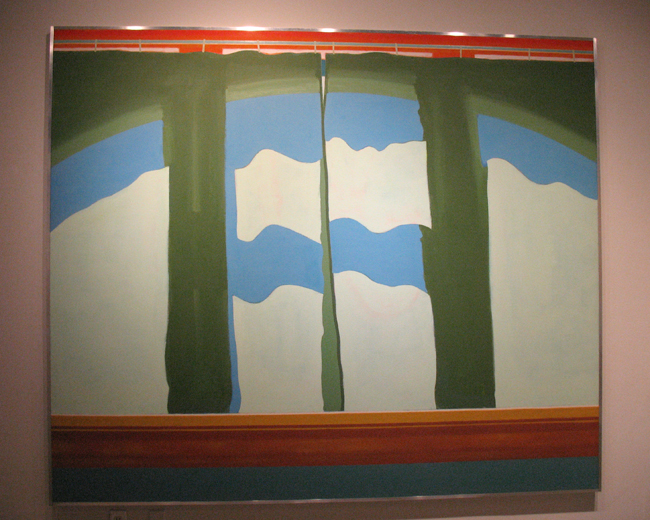
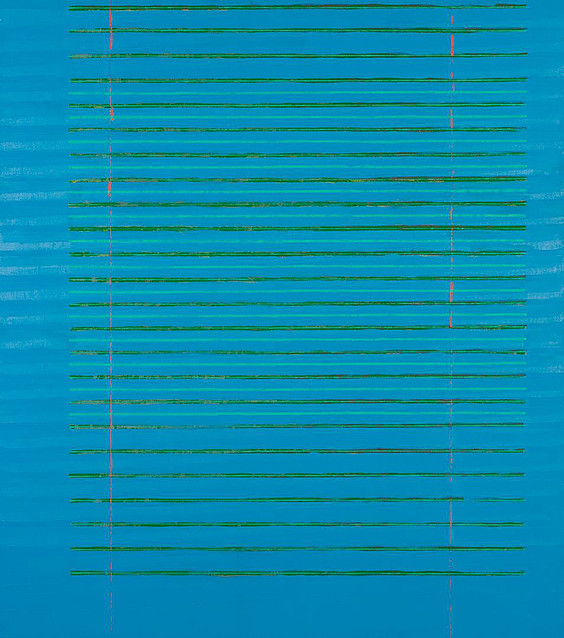
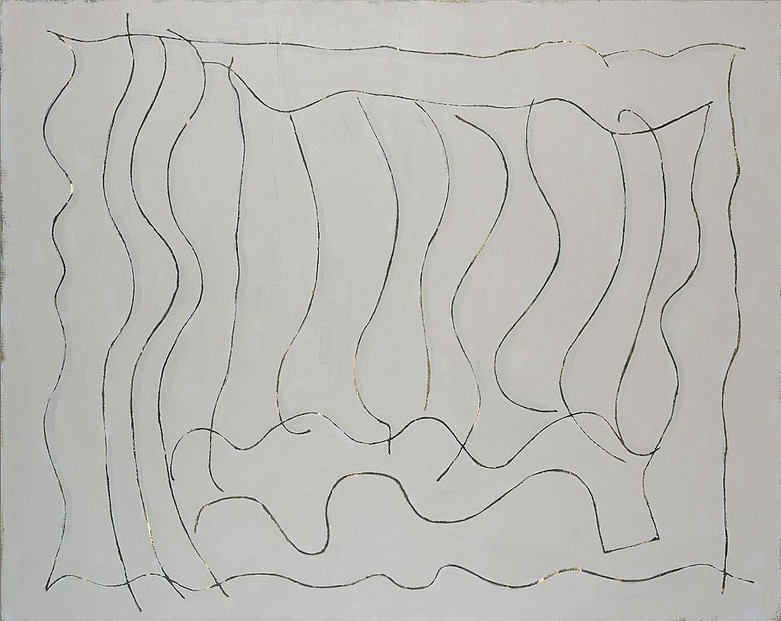
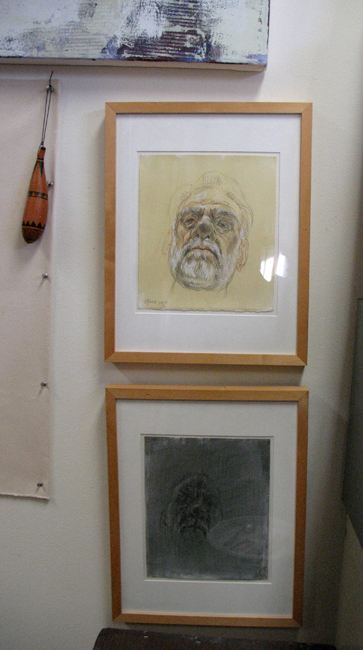
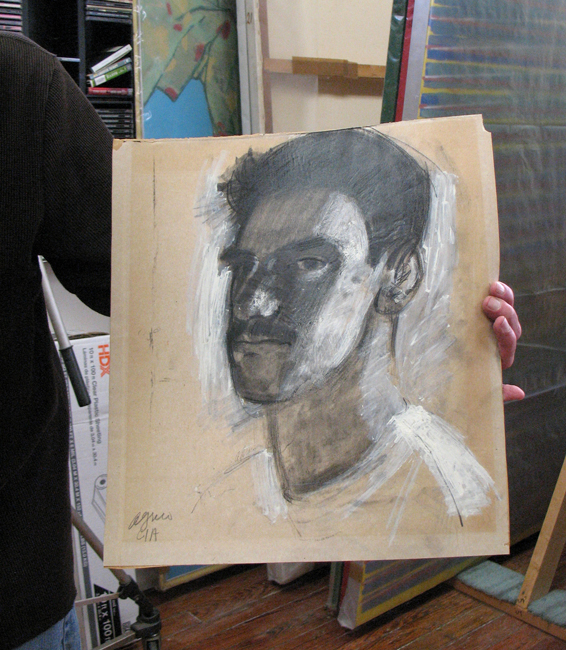
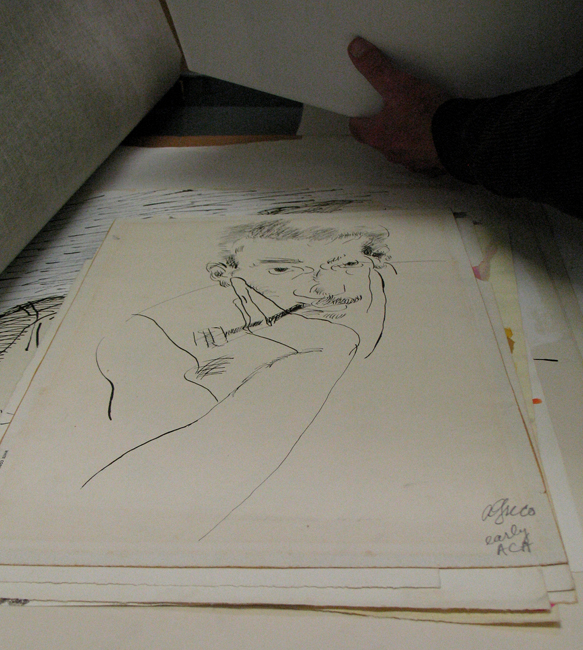
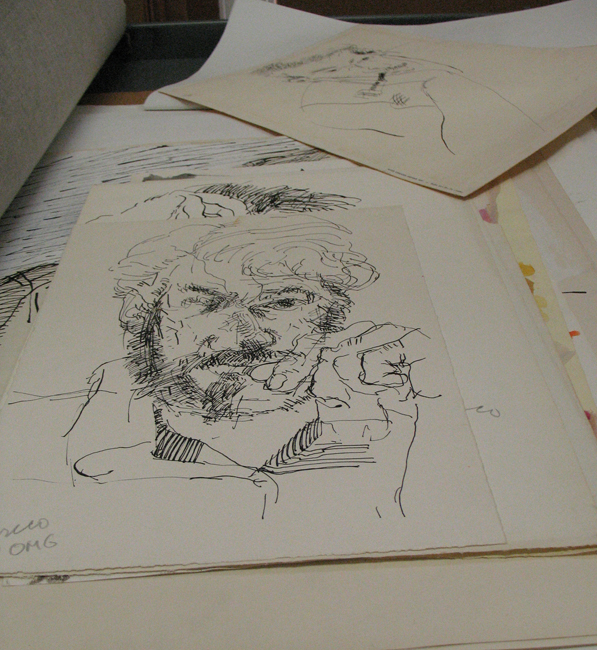
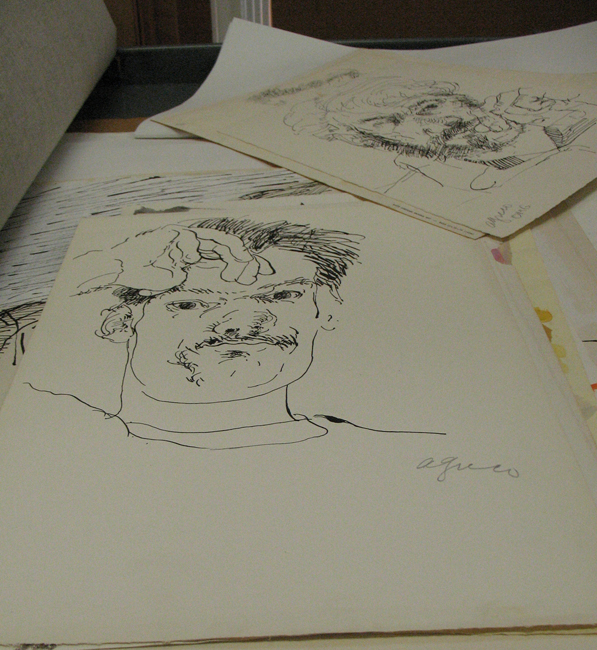
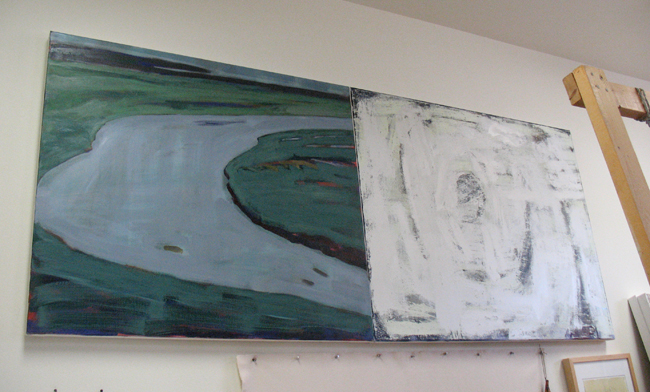
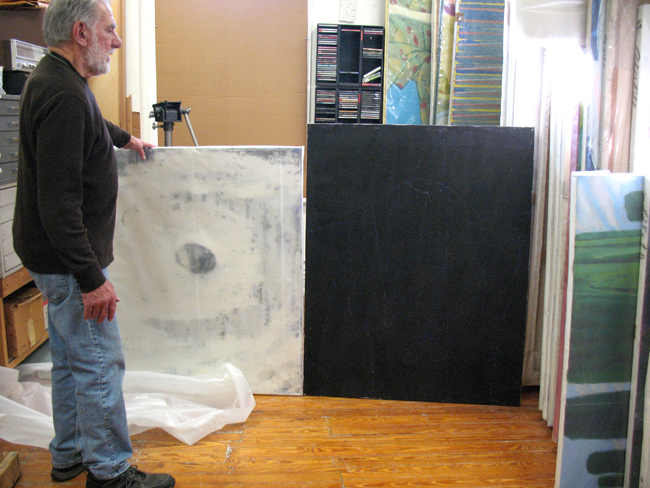
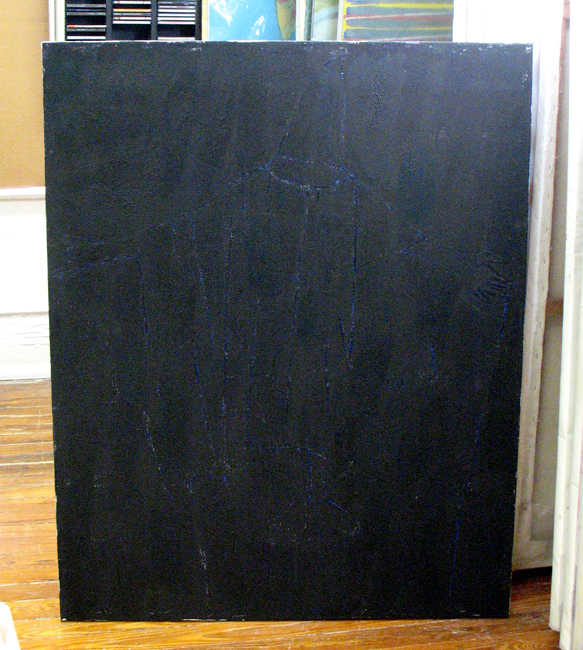
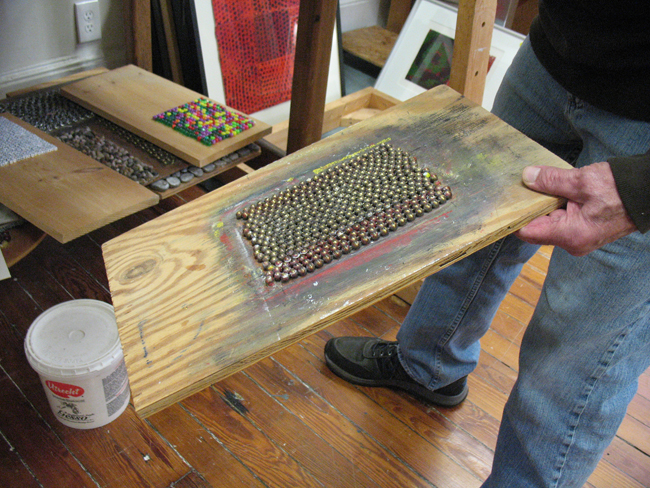
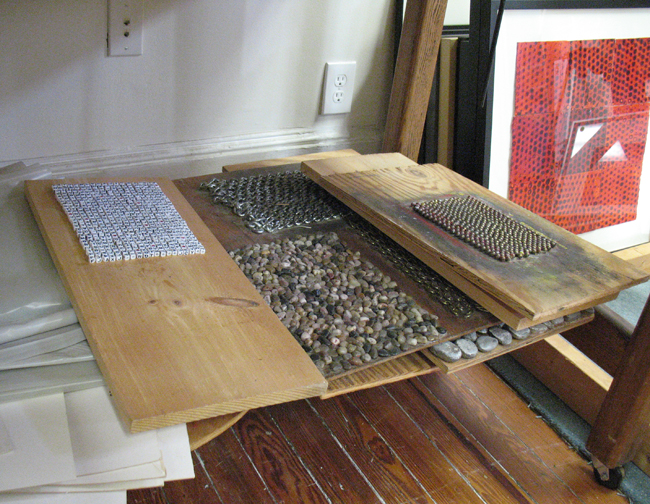
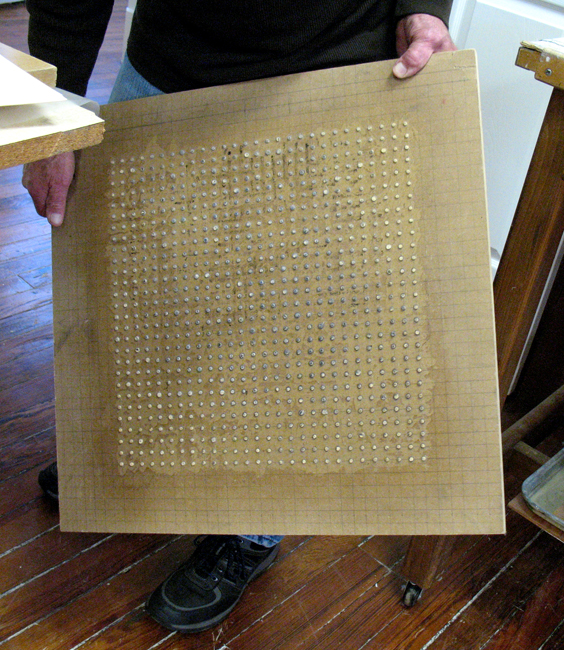
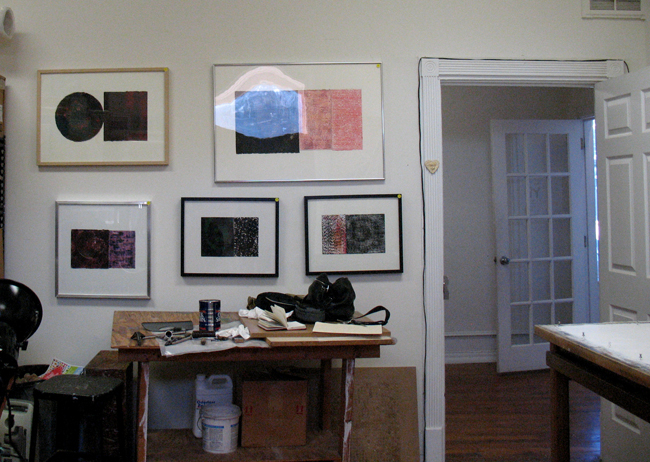
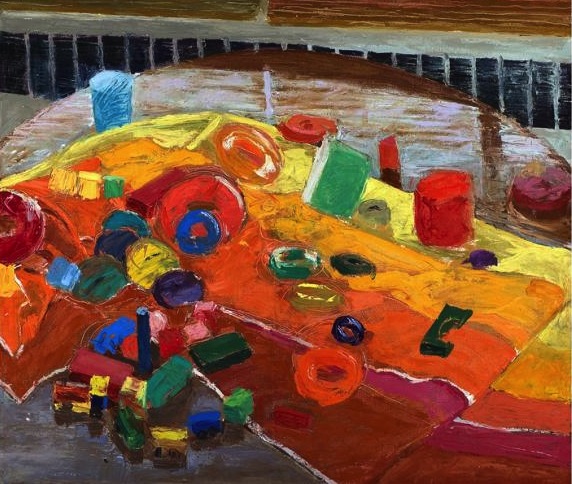
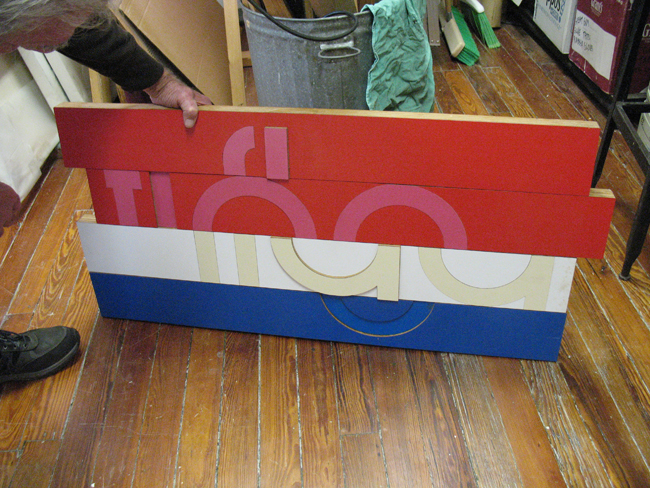
Tony,
This is a very long shot. I was an undergrad at Kent State when you were in grad school, and I remember your work clearly, as I respected it so much. You studied with Joseph O’Sickey, as I remember, and maybe Leroy Flint, both of whom I respected and admired greatly. I doubt you remember my work, as I was just coming of age as an artist and making reductive, Minimalist work. The only professor who seemed to tolerate my work then was Flint, who was my true mentor. I looked to you and Craig Lucas (now deceased…) as role models. Over the years, I remained fairly close to Craig. I see that your more recent work reflects an interest in Brice Marden (though it is, of course, very different) and other Post-minimalist painters. Marden, Martin, Mangold and others are also favorites of mine.
I have just retired from teaching at the Maryland Institute College of Art, where I have taught for 27 years. Before that, I taught at the University of New Mexico until 1990, and before that at Pomona College near LA. All along, I have had an active studio practice and have shown widely here and abroad. I am presently teaching a final semester at SACI in Florence, Italy. Three years ago, I had a retrospective exhibition in Washington DC at the Katzen Art Museum at American University.
Anyway, I just wanted you to know that I remember you, that I think of you and others at Kent from time to time, and that I am alive and well as a practicing artist. It would be great to hear from you.
Timothy App
Hi Timothy, I’ll send your note with email address on to Anthony Greco. Thanks for reaching out!
Victoria
I modeled for Tony at the High Museum School of Art in the early seventies he was my favorite teacher I also model for his wife and him at the Atlanta Psychiatric clinic I always loved him and loved his art one day I wore a pair of green boots and he told me to keep them on I’ll always remember that please give him best wishes from Karen mcteague